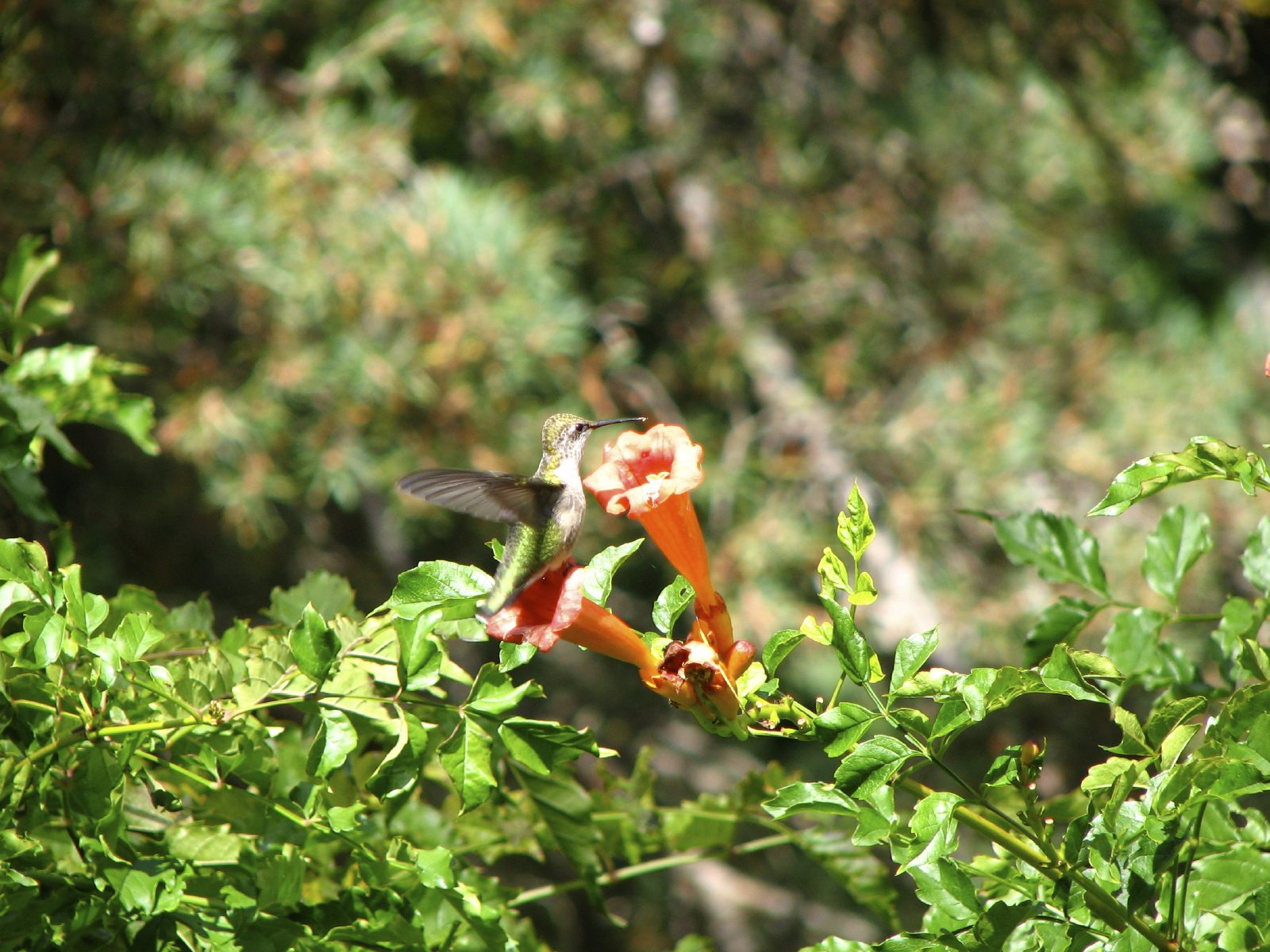Hummingbirds And Trumpet Vines – Attracting Hummingbirds With Trumpet Vines


It’s no mystery why the trumpet vine (Campsis radicans) is sometimes known as hummingbird vine, as hummingbirds and trumpet vine are an irresistible combination of nonstop color and movement. Trumpet vines are so incredibly easy to grow that attracting hummingbirds with trumpet vines is about as easy as it gets.
Why Hummingbirds Like Trumpet Vines
You might think that hummingbirds are attracted to trumpet vines because of the high nectar content and the color – generally shades of red, orange, or yellow, but you would only be partially right. The other huge reason why hummingbirds like trumpet vines is the shape of the blooms, which accommodate the birds’ long tongues. Scientists have long been mystified about how the process works but, in recent years, they have determined that the tongues operate much like tiny, very effective pumping mechanisms.
Planting Trumpet Flowers for Hummingbirds
Place your trumpet vine where you can observe the hummingbirds but beware of planting the vines too near your house, as the plant can become unruly. A site next to a fence, trellis, or arbor is ideal, and a spring or fall pruning will help keep growth in check. Plant trumpet vines in the vicinity of trees or shrubs, which will provide shelter and a safe place for breeding and nesting. Never use pesticides, which can kill the tiny birds and will also kill gnats, mosquitoes, and other flying bugs that provide necessary protein for the hummingbirds. Similarly, avoid herbicides and fungicides, which can sicken or kill the birds. Provide a water source for the hummingbirds. A birdbath is too deep, but a concave rock or shallow plate works well. Better yet, use a birdbath with a dripper or mister, which hummers absolutely love. Be sure to deadhead wilted blooms regularly to promote continued blooming throughout the season.
Sign up for the Gardening Know How newsletter today and receive a free copy of our e-book "How to Grow Delicious Tomatoes".

A Credentialed Garden Writer, Mary H. Dyer was with Gardening Know How in the very beginning, publishing articles as early as 2007.